After taking my feedback into consideration, moving forward I aimed to increase the amount of tweets I was producing and also increase my engagement with my peers.
Week Eight: i, Robot
I find it very helpful before the movie starts to research the basic facts as I still struggle with tweeting and paying in depth attention to the storyline of the movie. With this in mind, I am able to also find interesting articles about the movie that I can share with my peers.

(also managed to get five whole likes woooooo)
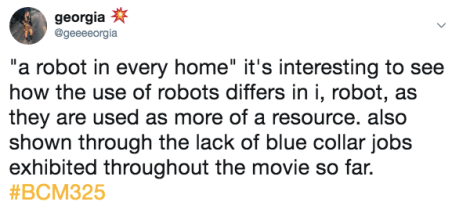

Taking my feedback from my previous tweets curation, I tried to tweet more beneficial tweets for my both peers and myself. I also tried to focus specifically on tweeting things that would get more engagement.
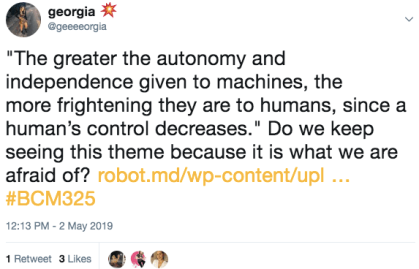
I found i, Robot slightly easier to pay attention to which allowed me to research the themes prevalent in the movie more in depth and tried to incorporate educating links throughout my tweets. I still found that I was getting low interaction from my peers, maybe I’m not funny enough?? They don’t appreciate my silly thoughts??
Week Nine: Robot and Frank
This week I also found it much easier to pay attention. I’m not sure if it is because I have been focusing more on engaging with the movie and my tweets but it’s something has definitely been working in my favour.


Here is an example of when I feel live tweeting becomes the most informative, where we are able to share information and also gain information from our peers, in the case I was missinformed, but it’s okay!


Searching for guidance and reassurance within my peers and relating it back to previous films we have watched. We were able to further identify and address important, reoccurring themes we have witnessed.
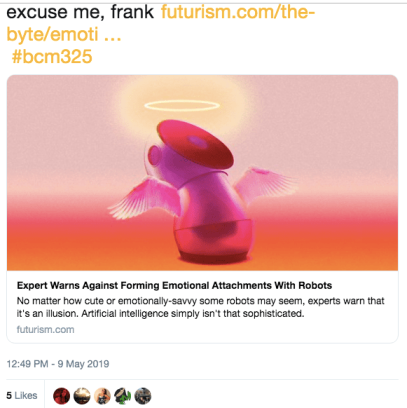
Not to brag or anything, but the average of my likes has risen to at least 4-5. This, although it is small, meant a lot to mean as it made me realise that my tweets were being more successful and engaged with. Which is what I identified as my main issue as to why I was lacking in tweets throughout the first few weeks, I was scared. Although, through the use of additional sources and research I was able to up the anti and pump out some more tweets that engaged with the themes relevant in the films we were watching.
Week Ten: I was unable to attend class this week, my mum had her baby!!
Week Eleven: Blade Runner 2049
I was soooooo excited for this week. Finally a movie (besides i, Robot) that I’ve heard of before!!

Aside from being completely illiterate half the time, I managed to find this fact from IMDB Trivia. I have found it to be quite useful throughout the weeks and even remembered to credit the source (I’d forgotten in a previous week and Chris was like !!!!!!)
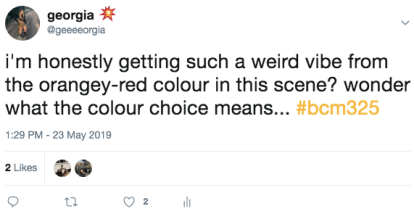
I found that when I engage with the scenes, I rarely tweet my thoughts as by the time I can compile the tweet in a literate way, the scene is over. I did expect some feedback from this tweet although didn’t receive any.

I feel this week, was the week of engagement. I learned so much about the movie through talking with my peers through threads and retweets etc etc. I feel it allows me to be further educated without the stress of critically analysing a source.
Week Twelve: The Matrix
Finally. The Matrix. The one we’ve been waiting for. If I’m being completely honest, this week I didn’t tweet many things that weren’t beneficial. I was super invested in the movie and found it really easy to pay attention this week.

In relation to to attempting to interpret the vagueness of their knowledge of the matrix. It seems as though fair few of my peers felt the opposite and would take the red pill, which was extremely interesting to me.

Due to doing a few other philosophy subjects I found it easy to interpret the idea of the “mind” this week and thought it would be insightful to share this assumption with my peers. Also managed to get 7 whole likes yay.

I try to engage with the set design/costume design as much as I can as it is something that
Overall, I did enjoy the live tweeting experience. It was fun to witness each others every thought, academic or not. Although, I won’t lie. It still gives me sweaty palms and an accelerated heart rate.


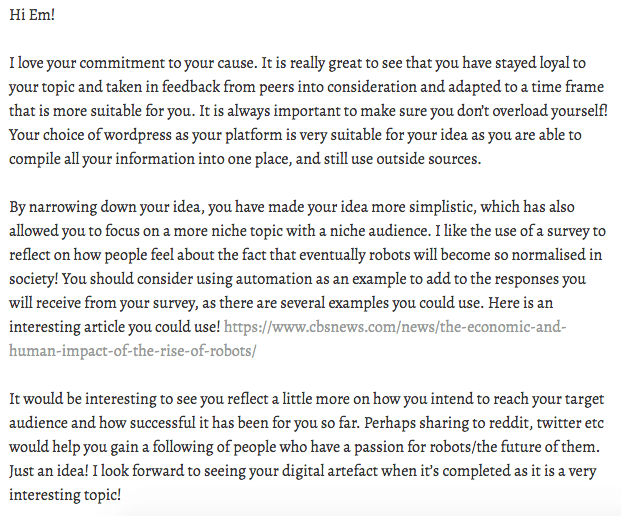
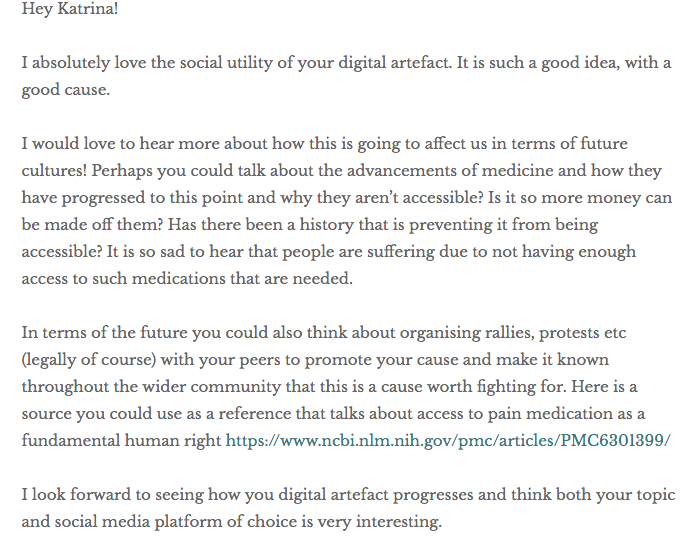
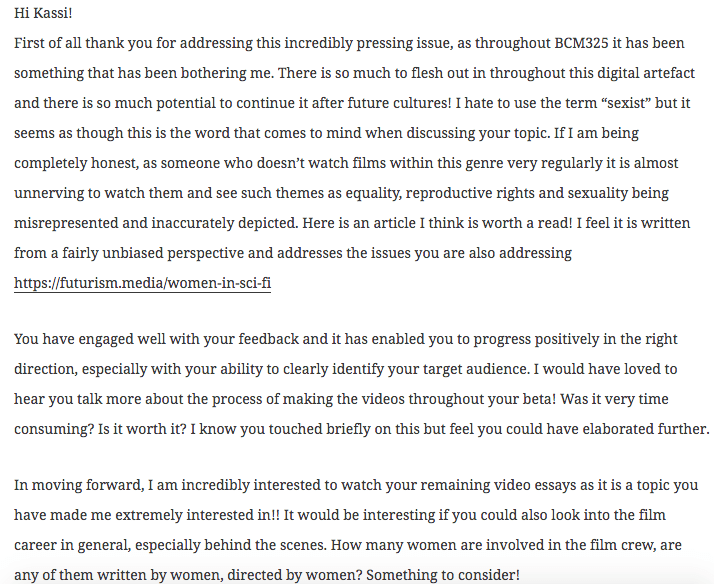
















 I found this fact very interesting as you could definitely see it demonstrated throughout the scenes in the movie.
I found this fact very interesting as you could definitely see it demonstrated throughout the scenes in the movie.








